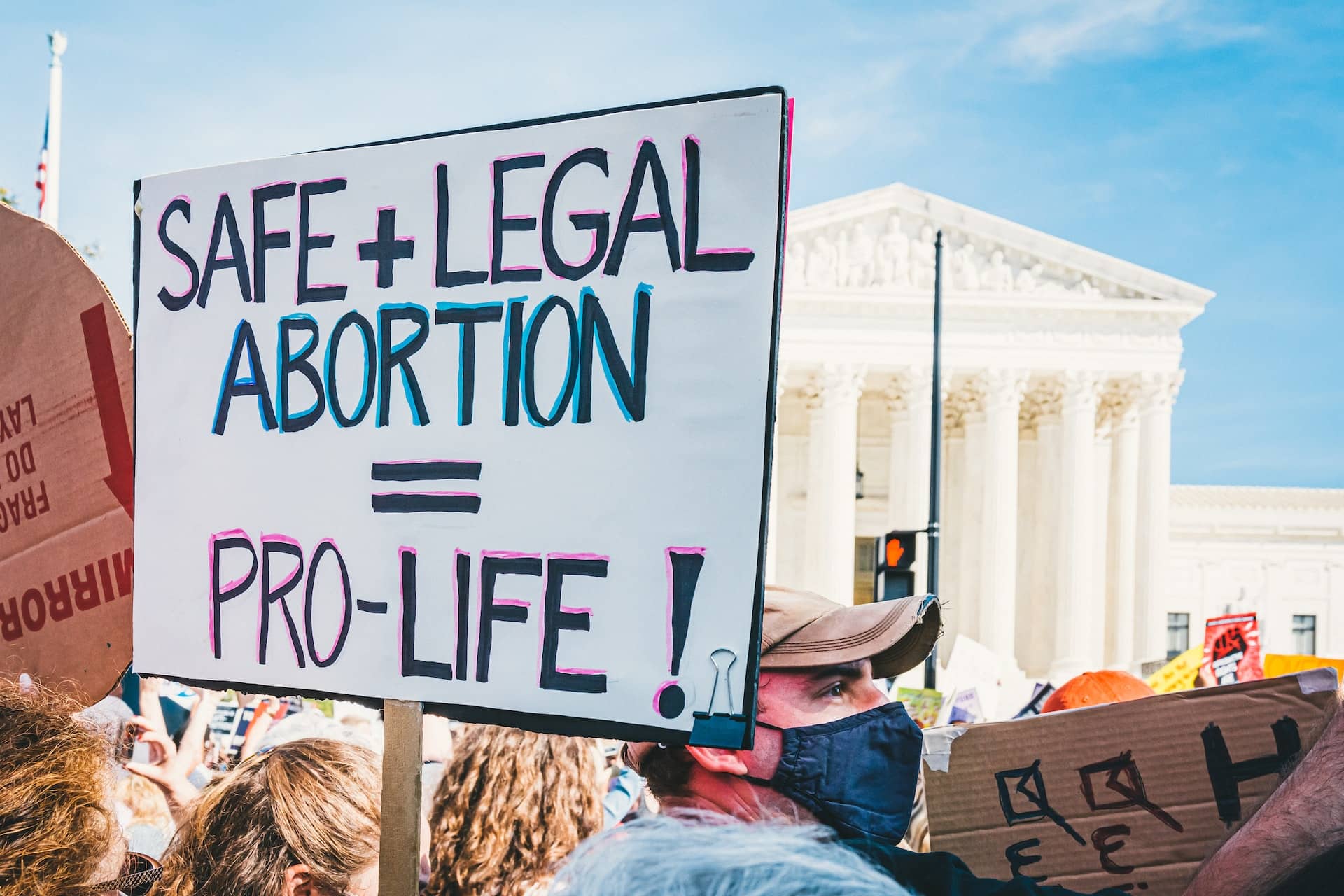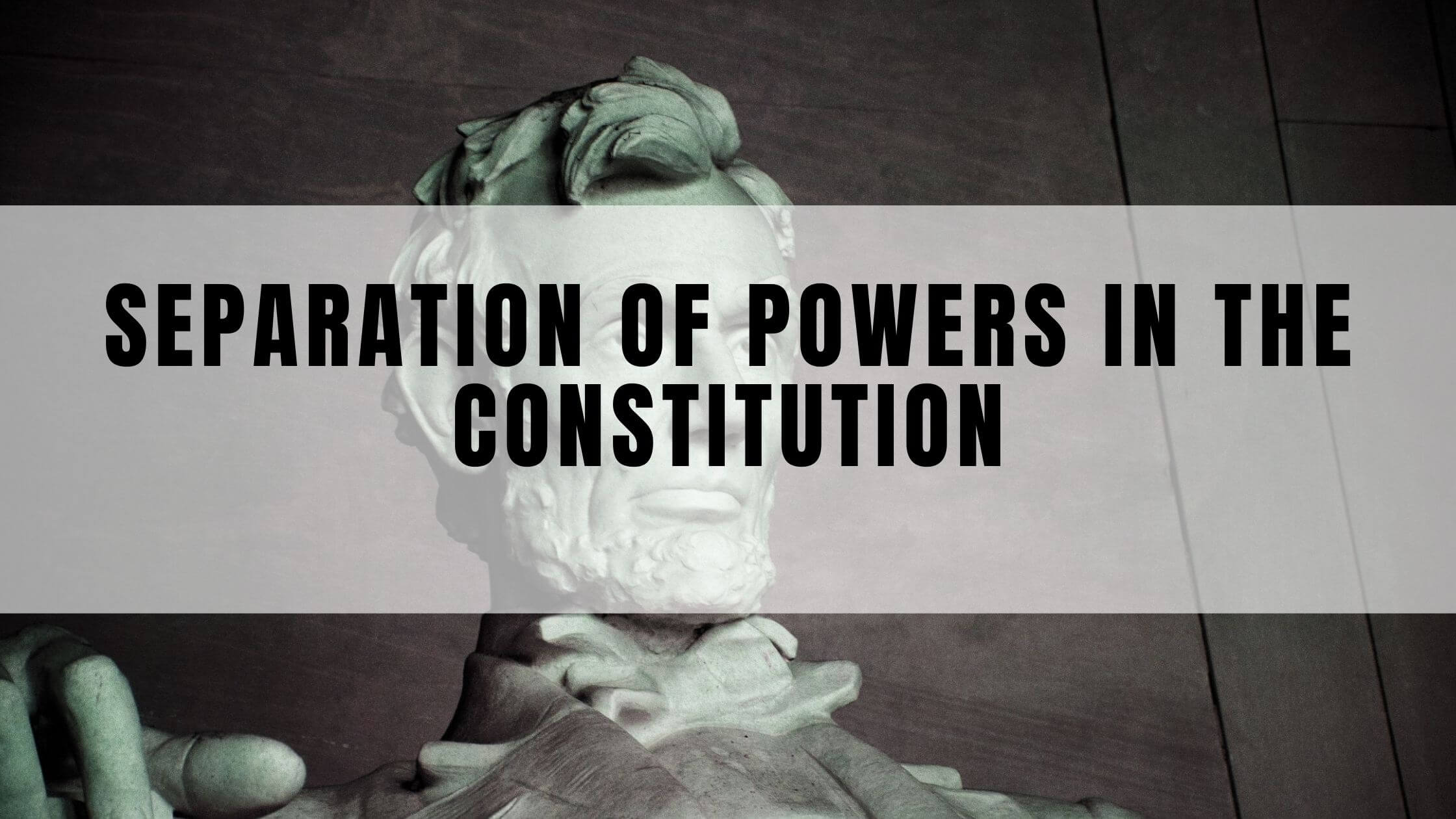Table of Contents
ToggleThe term Full Faith and Credit Clause is one that you may have seen mentioned in major Supreme Court rulings. But what is the Full Faith and Credit Clause exactly? What powers does it provide to the courts, and how does it relate to state and family law?
What is the Full Faith and Credit Clause?
The Full Faith and Credit Clause is a clause that the Supreme Court can use to help ensure that rulings and decrees in one state are recognized in another. It also lets the court intervene in cases between states with conflicting laws.
This has important implications for cases between claimants and defendants in different states and family and marriage law.
Is the Full Faith and Credit Clause Part of the United States Constitution?
Yes, it is. The Full Faith And Credit Clause is found in Article IV of Section 1 of the United States Constitution. It was deemed an important clause by the founders to help the states govern themselves while also giving power to the centralized government.

An earlier version of the clause existed in the Articles of Confederation, highlighting its importance for effective governance.
When the founding fathers were tasked with creating a new document at the 1787 Constitutional Convention, James Madison helped to expand the meaning and intent.
What Does the Full Faith and Credit Clause Do?
There are two main points in this clause. The first is that ‘Full faith and credit shall be given in each state to the public acts, records and judicial proceedings of every other state.’
Essentially, this means that all states must recognize the legitimacy of all legal records and court decisions, regardless of the state of origin.
The second point is that “Congress may by general laws prescribe the manner in which such acts, records, and proceedings shall be proved, and the effect thereof.”
The short version of this is that Congress has the power to intervene where necessary when there are disputes between states.

How Does the Full Faith and Credit Clause Relate to Family Law?
One of the best examples of how the Full Faith and Credit Clause works in America is within marriage laws. The expectation is that if you marry someone, making that life-long legal commitment, this will be set in stone even if you move to another state.
For example, a couple marrying in New York that relocates to Pennsylvania later shouldn’t have any issue with the legitimacy of their marriage and any legal implications.

Then there are the rulings about adoption and guardianship and how these are recognized by other states. This was the underlying factor in the Supreme Court ruling of V.L. v E.L. in 2016.
Here, the Supreme Court forced the State of Alabama to recognize an adoption decree granted to a same-sex couple in Georgia.
Issues With the Defense of Marriage Act and the Full Faith and Credit Clause
One recent example of a law that violates the Full Faith and Credit Clause is the Defense of Marriage Act (DOMA).

Get Smarter on US News, History, and the Constitution
Join the thousands of fellow patriots who rely on our 5-minute newsletter to stay informed on the key events and trends that shaped our nation's past and continue to shape its present.
This act was signed by President Bill Clinton in 1996, during a time when Americans feared that same-sex marriage legalization could affect the sanctity of heterosexual and “traditional marriage.”
The act meant that states did not have to recognize the marriage of same-sex couples in a different state.

DOMA was struck down in 2013 following a series of lawsuits because it was deemed unconstitutional.
At the time, the Supreme Court ruled in favor of repealing the law because of a violation of the Due Process Clause and the idea of equal protection. Other states had to recognize the legitimacy of the marriages conducted elsewhere, regardless of their own state laws.
Issues With Obergefell v. Hodges and the Full Faith and Credit Clause
A couple of years later, the laws on same-sex marriage were strengthened following the ruling of Obergefell v. Hodges.
This led to a federal law requiring all states to repeal statewide bans on same-sex marriage and allow marriage licenses and full recognition. It put same-sex marriage on the same legal footing as heterosexual marriage.

In 2022, there were fears that the Supreme Court would reverse this ruling, as they had with Roe v. Wade.
The argument in favor of repeal was that there was no constitutional right for either abortion or gay marriage, as neither reproductive rights nor LGBTQ+ were a consideration back then.
Those against insisted that doing so would be unconstitutional due to the Equal Protection and Due Process clause and the Full Faith and Credit Clause.
This issue was resolved in November 2022 when Congress voted to codify the law and offer further protections. The Respect for Marriage Act passed with a 61-36 vote, allowing for federal protection for same-sex and interracial marriage.

Surprisingly, one of those that voted against it was in an interracial marriage themselves.
Using the Full Faith and Credit Clause in State vs. State Disputes
Another example of the importance of the Full Faith and Credit Clause comes when there is a case involving conflicting state laws.
One state can’t automatically assume that its law overrides that of the other. This is where the Supreme Court has to come in and take control.

One way it can do this is simply by making states acknowledge previous judgments from across the border, a little like recognizing legal marriages.
Another is by determining which of the conflicting state laws to enforce in a specific case. Then there are the situations where they may force a state to take jurisdiction over a case, even if it originated over the border.
The Full Faith and Credit Clause Remains an Important Constitutional Clause
To summarize, states would be at greater odds with each other without the Full Faith And Credit Clause when determining rulings.
Also, rulings related to the Equal Protections Clause are better protected across states, which is important for family and marriage laws. It remains a vital tool in a lot of major decisions.











